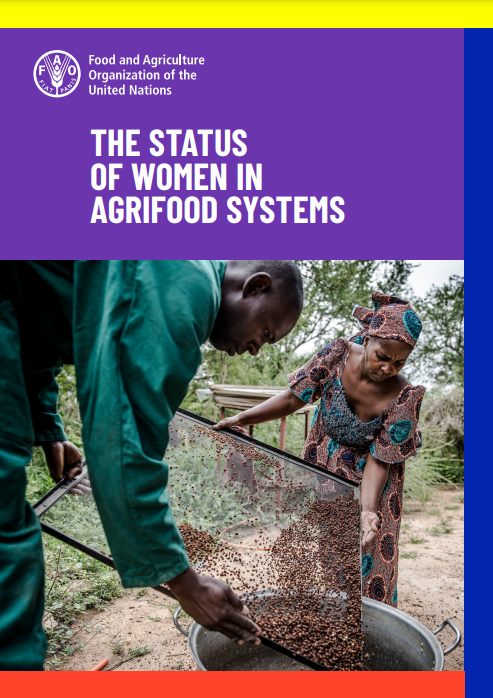
Indicator 5.a.2 - Proportion of countries where the legal framework (including customary law) guarantees women’s equal rights to land ownership and/or control
The indicator collects all existing national policy objectives, draft provisions, legal provisions and implementing legislation that reflect good practices in guaranteeing women’s equal rights to land ownership and/or control. This is a de jure indicator which will measure progress towards SDG Target 5.a.
Target 5.a
Undertake reforms to give women equal rights to economic resources, as well as access to ownership and control over land and other forms of property, financial services, inheritance and natural resources, in accordance with national laws.
Indicator 5.a.2: Progress Assessment
Impact
Indicator 5.a.2 measures the extent of women’s disadvantages in ownership of and rights to land, as well as equal legal rights to land ownership. Together with indicator 5.a.1, it provides a basis for policy measures aimed at securing equal opportunities and access to rights and resources.
Key results
Data on protection of women’s land rights in national laws reveal, at the same time, major gaps and good examples from all regions.
As of May 2023, 71 countries have reported on SDG Indicator 5.a.2. The data show that 51 percent of those countries have at most a low score, whereas only 30 percent have a high or very high score. The methodology treats proxies D and F as present not only if financial resources or quotas are prescribed by law, but also if official national statistics show that at least 40 percent of individuals with ownership or secure rights to land are women. However, even when administrative or survey data suggest relatively small gender gaps in land ownership, it is crucial to understand the extent to which national legal frameworks protect women’s land rights in order to promote gender-responsive policies, programmes and legal reforms in line with SDG Target 5.a. Focusing only on legal analysis, 58 percent of the reporting countries have no, very low or low levels of protection for women’s land rights in the law, whereas only 21 percent have high or very high levels.
All regions have good examples of laws and policies that advance women’s land rights, in particular in the areas of marital property and inheritance. Spousal consent requirements and equal inheritance rights were each found in 58 percent of the reporting countries.
Highlights
Elearning

SDG Indicator 5.a.2 - Ensuring women’s legal rights to land ownership and/or control
01/11/2020
This course focuses on
Multimedia
SDG 5 – Indicators of women’s ownership of agricultural land and equal rights to land ownership
01/01/2019
An overview of SDG indicators 5.a.1 and 5.a.2, measuring women’s ownership of agricultural.
Tracking progress on food and agriculture-related SDG indicators (2022)
01/09/2022
Tracking progress on food and agriculture-related SDG indicators offers detailed analyses and trends on selected indicators for which...






